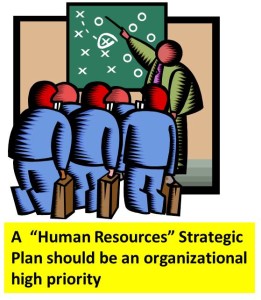For Veterans Day 2014 (November 11th), I am publishing this blog around a critical topic for our country and for our veterans – employment! This is especially important as our economy continues to struggle with available employment options often being fewer than people looking for work, and as larger number of US armed services personnel are returning to the US due to decreasing overseas deployment.

The “boots to suits” imagery is often used to depict the transfer to valuable skills gained in military experience into the commercial environment.
Here in North Carolina, with a high number of military bases, many veterans are choosing to return to our state after deployment or service. In NC, we have the 3rd largest concentration of active duty forces in the nation, the 6th largest military retiree population, and the military accounts for 10% of all economic activity in our state!
I am proud to participate in the NC Governor’s Working Group on Veterans, Service Members and Their Families. Part of this working group is focusing on Veteran employment with Kimberly Lindsay, Chief Human Resources Officer for the City of Jacksonville, NC leading the way as the Volunteer Director for this NC Vets initiative called “NC Works 4 Vets.”
Kimberly presents three very important aspects of fostering Veteran employment:
1) Top Strategic Leadership in Organizations needs to be involved. It is the top that sets the strategic direction and all else follows from there. Our senior leaders need to understand that hiring vets not only is the right thing to do to support those who served our country, but more importantly brings sorely needed skilled talent into our organizations. Most corporate leaders realize that recruiting the best talent builds competitive strength, and veterans bring with them a superb set of technical and interpersonal skills.
2) Human Resources then needs to take the lead to implement the strategic direction of hiring vets by executing a well planned out structure that results in excellent hiring decision of the vets that best fits their organization’s talent needs. This will include the steps of screening applicants, identifying the candidates with the best fit, coordinating interviews, checking references and assisting line management with making the best hiring decisions.
3) Veterans bringing forward skills companies need. Organizational strategic leadership and the HR leaders both need to realize, and veterans need to communicate during the process the excellent skills they have gained that companies need: communications skills, teamwork, planning and organizing, coaching / developing others, problem solving and more.

Let’s not forget that an increasing number of veterans are women who are also looking for employment after their military service.
Finding and hiring the right vets for an organization is a win – win – win: For the veterans who want to transition from serving our country to serving a company, for the company needing skilled employees and for our state and national economy!
If you are an HR or SHRM group in NC or company wanting to learn more about the NC Works 4 Vets initiative so you can become more active in promoting the hiring of our veterans, please contact Kimberly Lindsay at [email protected]


